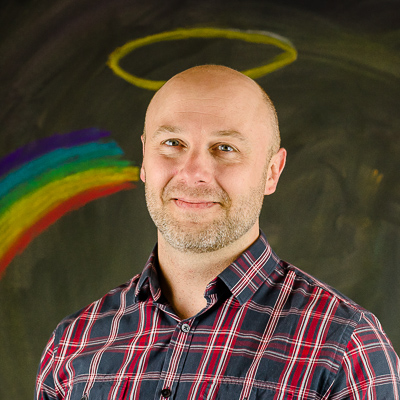Democratizing and Decentralizing News Media
Exploring how DAOs might help Journalism with diversity and representation
Traditional, centralized news organizations are failing the emerging majority of Americans. The current average age of cable news viewers is 60 and the racial diversity of newsrooms has not budged since the 1970s. Yet most Americans are now under the age of 40 and members of either the Millennial or Z generations, the two most heterogeneous in American history.
— Imara Jones
What do Bitcoin, democracy and journalism have in common? Not much at the moment, but as blockchain technology is really taking off and decentralizing power in finance, the potential application of those models and tools in other industries and governments is getting a lot of people excited. The concept of programmed organization and rules has people excited about how that can be used to curb bias and create more reflective representation and allow a diversity of voices to help drive the organization. The idea of DAOs (Decentralized Autonomous Organizations) is still a utopian dream at the moment but the idea is catching fire in finance and government operations. We think journalism should be one of the early use-cases as the idea and technology develops. Even if it addresses just a fraction of the systemic inequity we see in our industry today, it would have been worth it.
Faculty and Staff Leads
Project Details
2022 Winter
Important Questions
- How do DAOs work?
- Where have DAOs been successful?
- How do we create one?
Outcome
For this project, a team of students will explore DAOs enabled by blockchain smart contracts. Students will conduct design research and create an organization as a way of understanding how a media DAO would work.
Links
- Coin Desk - What Is a DAO?
- The Dire Need for a Decentralized News Media
- Decentralized News Network - News by the people, for the people
- Blockchain in Journalism
- What Use is Blockchain for Journalism?
- Journalism + Blockchain - Possible solution for an industry crisis?
- This Is What Happened When They Tried to Fix Journalism Using Blockchain
- Boom in Crypto Media Companies
- Crypto Media Boom

